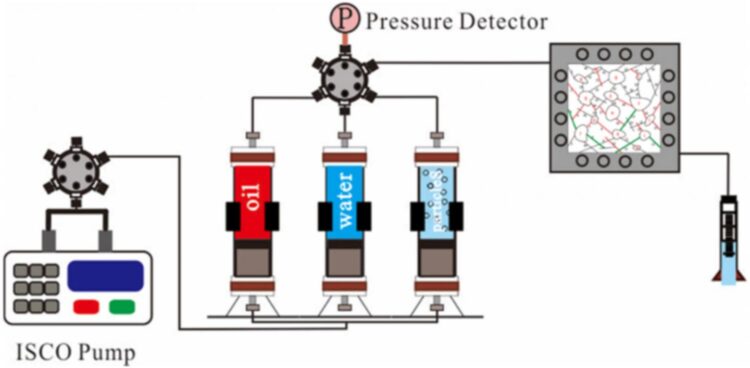A joint paper went out in Journal of Petroleum Science and Engineering
A joint paper went out in Journal of Petroleum Science and Engineering.
Petroleum, being a liquid compound, has very good migratory properties, and recovery methods take account of that – using various methods, oilers displace petroleum through cavities and vugs and extract it. However, sometimes oil is “locked” in low-permeability reservoirs, and water displacement used in such cases poses a high risk of reservoir flooding and workplace emergencies.
Many teams work on blocking high-permeability areas in order to make extraction a more controlled and safe process. In particular, there have yet been no efficient agents for reservoirs with high temperatures (up to 140 C) and mineralization (up to 250 grams per liter). Experts from Kazan Federal University, Southwest Petroleum University, Sinopec, and Curtin University joined forces to test novel gel particles in such conditions. The new technique improves on earlier such attempts made by other teams.
Co-author, Senior Research Associate Yuan Chengdong comments, “We’ll continue to test our technique on oil deposits in China, where reservoirs with salinity of over 290 grams per liter are quite common. Previous tryouts showed that an increase in recovery can amount to 100 thousand tons. This proves that the reagents are efficient and are very stable under high temperature and high salinity.”
###
Media Contact
Yury Nurmeev
[email protected]
Original Source
https:/
Related Journal Article
http://dx.





